in the heart of the Euganei hills Natural Park
Arquà Petrarca
KILIMANGIARO 2017, RAI 3
The second village, among the twenty most beautiful in Italy
Time seems to stand still in Arquà Petrarca, the village in the Euganei Hills that, more than any other, retains the ancient charm of medieval villages. Its name perhaps comes from Arquata montium, meaning “cloister of mountains,” but it owes its notoriety to the eternal fame of Francesco Petrarca, the poet who spent the last years of his life there.
pills from the past
History of the village
A document from 985 attests, in Arquà, to the presence of a castle inhabited by Rodolfo Normanno. It is precisely on the high ground where the ancient castle stood (named Monte Castello in memory of the fortifications that have now disappeared), that the original medieval nucleus from which the Borgo later inhabited by Petrarca developed can be identified. The locality in the 13th century became a fief of the Marquis d’Este, and then entered the political orbit of Padua. Elevated, finally, by the Carrarese seigniory to the rank of vicariate, it was then that Arquà had the good fortune to host Petrarca and receive his mortal remains.
Under the rule of the Serenissima, since 1405 taken over from the Carrarese dominion, Arquà kept intact the wide vicariate jurisdiction that included many centers of the Euganei area such as Galzignano, Montegrotto, Abano until Valbona. During that period, Petrarca’s fame and fashion prompted several aristocratic families from Padua and Venice (the Contarini, Pisani, Capodivacca, Zabarella, etc.) to build mansions of noble workmanship. The town thus completed the urban layout that it still retains today, and after the 16th century not much more was built. At the fall of the Venetian Republic Arquà lost importance; only in 1866, after the annexation of Veneto to Italy, was it elevated to the dignity of a municipality, and in 1868 it was able to add to the name of Arquà that of Petrarca.
The poet and the Euganei hills
Arquà and Petrarca
It is likely that Francesco Petrarca first met Arquà in 1364 while he was in Abano to treat himself at the spa. In 1369 Francis the Elder donated a plot of land in Arquà to the Poet, who had become a canon at the collegiate church of nearby Monselice since 1365. Already in the spring of 1369 the Poet himself went to Arquà to oversee the restoration work on the little house that he would begin to inhabit from March 1370. This is how Arquà is described at the time of Petrarca, in a document found in the Civic Museum of Padua: “vast forests of chestnut, walnut beech, ash, and oak trees covered the slopes of Arquà, but it was above all the vine, olive and almond trees that contributed to creating the evocative and typical Arquatense landscape.”
A vegetation and peace that perhaps called to the poet’s mind another land dear to him, Tuscany, and so he decided to settle in a decent house that certainly stood out from the other very poor ones of farmers and artisans.
However, the name of Arquà is not only linked to the Poet; in fact, one remembers the many notaries and clergymen who came from here, although without a doubt the most famous was Jacopo d’Arquà of the Paradisi family. A physician serving at the court of King Lodovico of Hungary, he was a colleague of Giovanni Dondi dall’Orologio, a friend of Petrarca .
Petrarca’s house
The original structure was from the thirteenth century and it was Petrarca himself, starting in 1369 when it was given to him by the Lord of Padua Francesco il Vecchio da Carrara, who presided over the restoration work. The house, composed of two bodies with a difference in height of three and a half meters from each other, was modified by the Poet, who opened some windows on the facade and made it a single dwelling with two living units, reserving as a dwelling for himself and his family the raised floor of the building (left side), while he reserved for servants and services the right building, located above, where the main entrance was also located. In the 16th century it became the property of the Paduan nobleman Pietro Paolo Valdezocco. During this period the Renaissance-style loggia and the external staircase were built, but above all, the walls were had painted with tempera depicting scenes inspired by the Canzoniere, the Triumphs and Africa. The last owner, Cardinal Pietro Silvestri, donated it to the City of Padua in 1875. Currently still preserved are, the studiolo in which the poet died, with original chair and bookcase (it seems). Also worth mentioning is the niche where the cat’s mummy, which is said to have belonged to the Poet, is kept.



